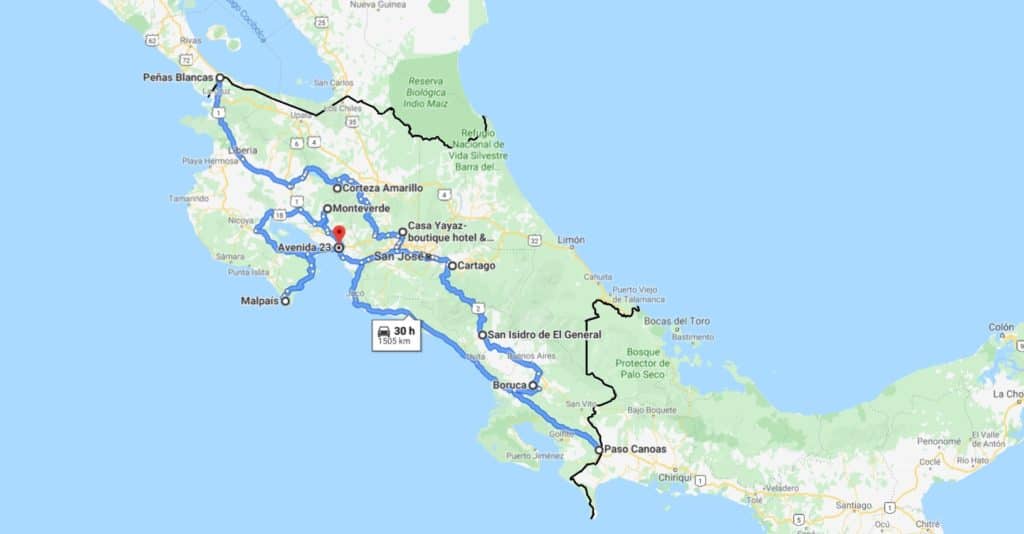Costa Rica
It felt like we were barely over the border when we were enveloped by a sea of green and the road began to curve up and around the hills. Lush, beautiful, Costa Rica welcomed us back. We had such fond memories of our visit here in 2014, that I was ecstatic to return. Our first stop was a finca owned by a Swiss couple. I had forgotten the big European influence here. That evening, the moist jungle air was permeated by the sounds of birds, Howler monkeys, amphibians and insects. Great background music as we dined outdoors with two European couples. The next morning, I watched a group of Spider monkeys in a stand of mango trees. There were several babies in the troop and their antics were so cute. Two of them would dangle as close to the ground as possible then jump down and run across the ground to the tree trunk and quickly dash back up. While on the ground, they behaved as toddlers with their uncertain, wobbly gait; once in the tree, they became acrobats. This was the first time I observed the mothers making bridges for their babies to walk across. If a gap was too wide, the mother grabbed the next tree with one hand while keeping a grip on the tree she was in. The baby then walked across her back and she swung after him. Hilarious to see.
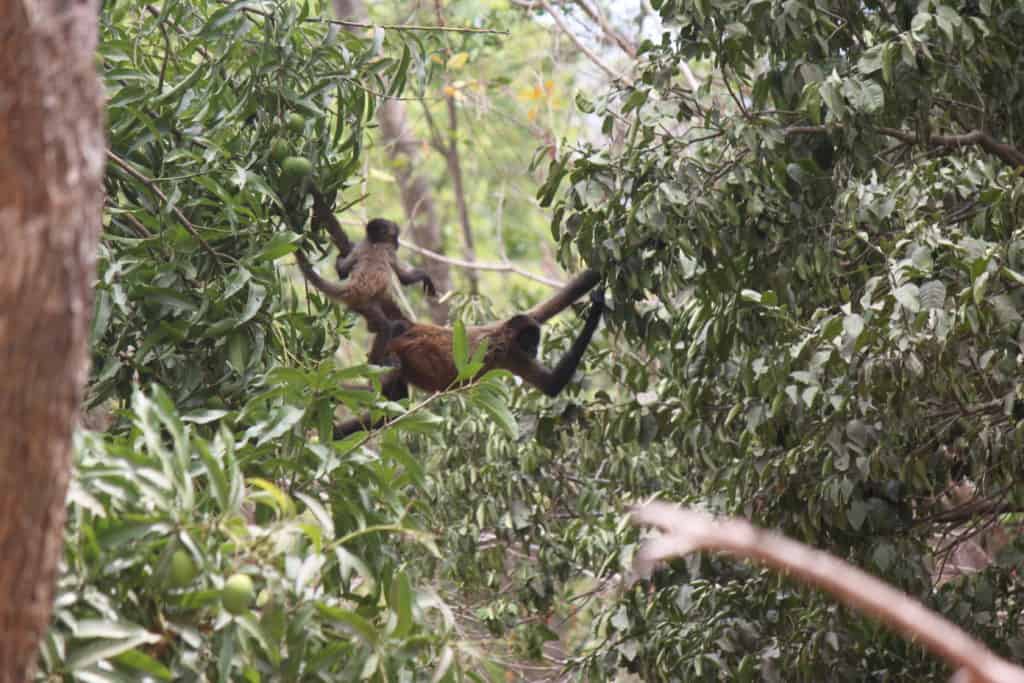

Costa Rica is one of the twenty most biodiverse countries in the world and has dedicated 25% of its land to protect the wildlife. Consequently, you can almost always observe nature at its best. There are over 500,000 plant and animal species in this tiny country. Between our two visits here, we have seen a great number of these species. We visited a wildlife sanctuary to see the more elusive animals, hence the fencing in some photos.



The next two days of driving were through mountainous yet meticulously cultivated countryside. As we arrived in Nuevo Arenal, I was struck by thoughts of West Vancouver. The homes are large, beautifully maintained and surrounded by huge, manicured lots. We had also done a huge grocery shop and stocked up on lots of luxury items: dill pickles, sour cream and onion chips, Lindt chocolate, Maple Cream cookies, and lots of good wine. Sometimes you just need to have some comforts of home. The bill was also a reminder that we were not in Nicaragua anymore. Ca-ching, ca-ching!
We ensconced ourselves on the top of a ridge, in a private camping spot. It had no Wi-Fi, power, or water but it did have a spectacular view of Volcano Arenal and its huge lake. The lake seemed very shallow but perhaps this was because it was the end of the dry season. Ironically, you rarely would see any boats although this is the largest lake in the country. We had taken a boat tour on this lake during our first visit but even then, local boat traffic was minimal. Perhaps there are not enough edible fish in the lake to be viable for fishers. Recreational boats are either not popular or loud motors are banned, who knows? We certainly did savour the cooler temperatures (23 instead of 33), as well as the view. Also, there was a guava tree and a lemon tree with fruit in abundance, yum, yum.

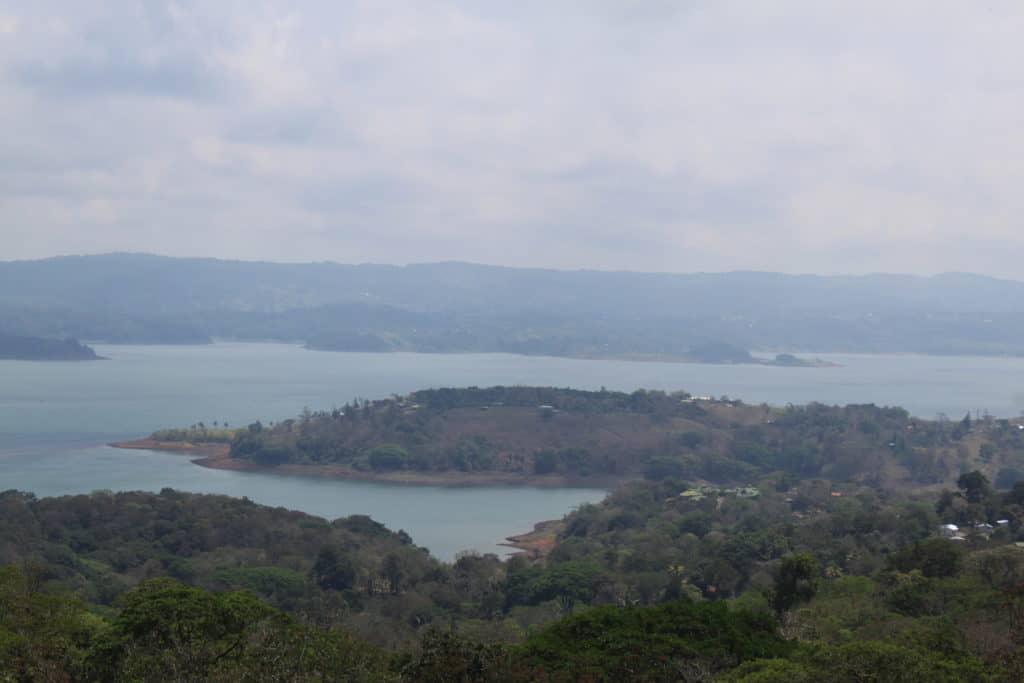
Easter was approaching, so we drove into La Fortuna to watch the Palm Sunday procession. This was quite disappointing. We were led to believe that Easter was a marvellous time to be in Central America. Not everywhere, apparently. The procession was woefully small and the boy representing Jesus wore an extremely disconcerting wig. Fortunately, the burro was adorable.

We love the ridge of mountains that run down Costa Rica’s center. This is the greenest and coolest area and houses the majority of wildlife that we saw. The cloud forest of Monteverde also is extremely scenic. The fog drifting through the canopy was magical. We were so fortunate to see the elusive Resplendent Quetzal, not everyone is so lucky.
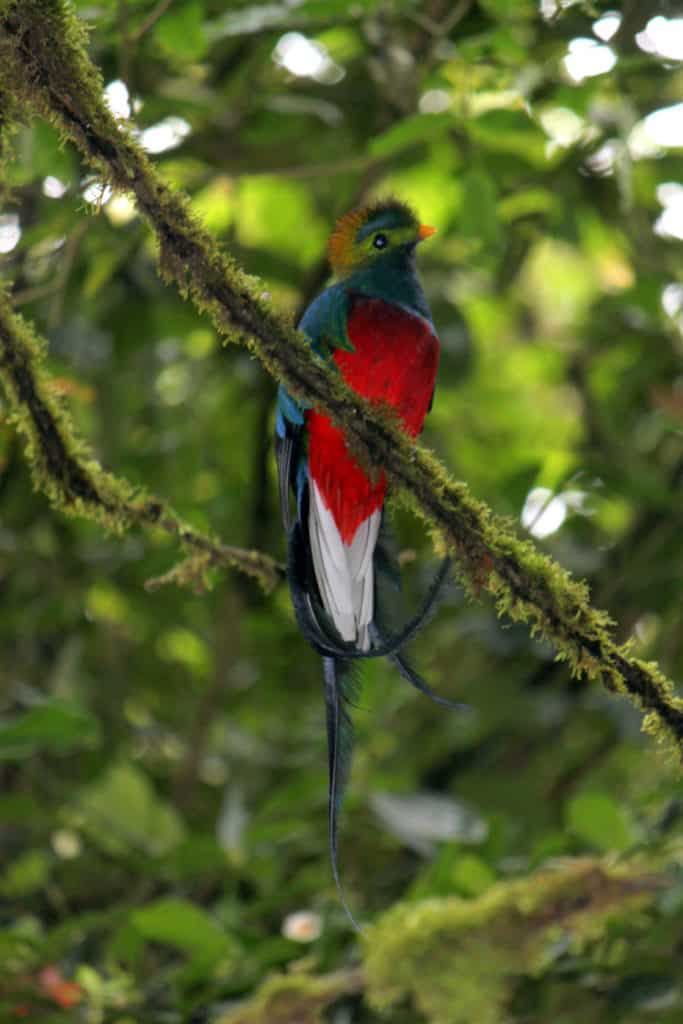

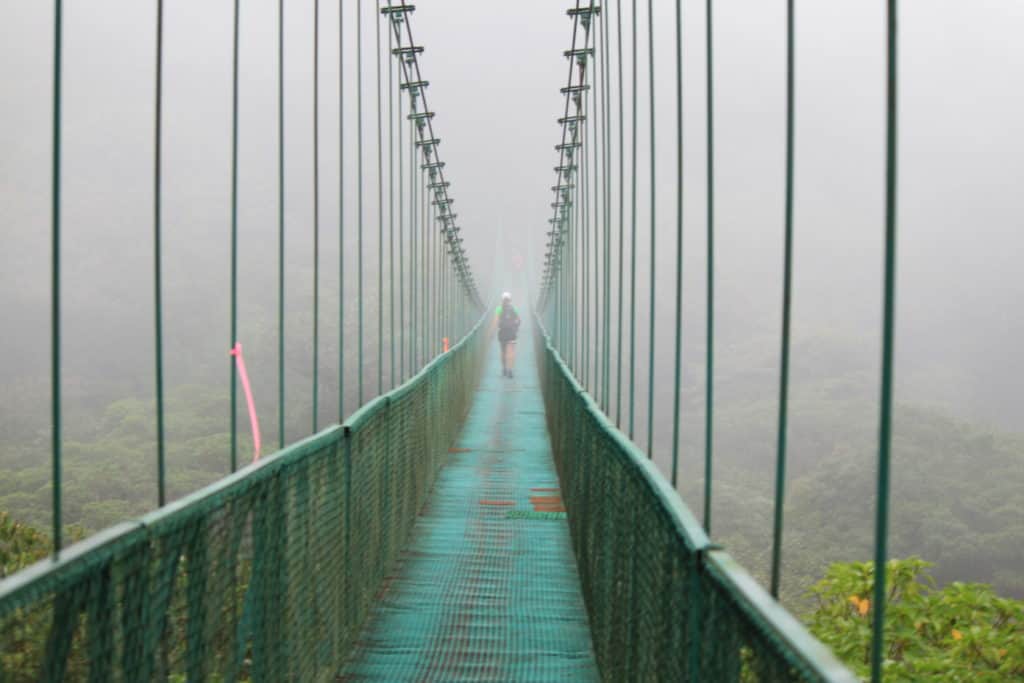
This was also where we got to go on a night hike with a local guide. We were lucky enough to see many animals, but our pictures were not great. A Kinkajou became an orange blob and sloths looked like hairy termite mounds.

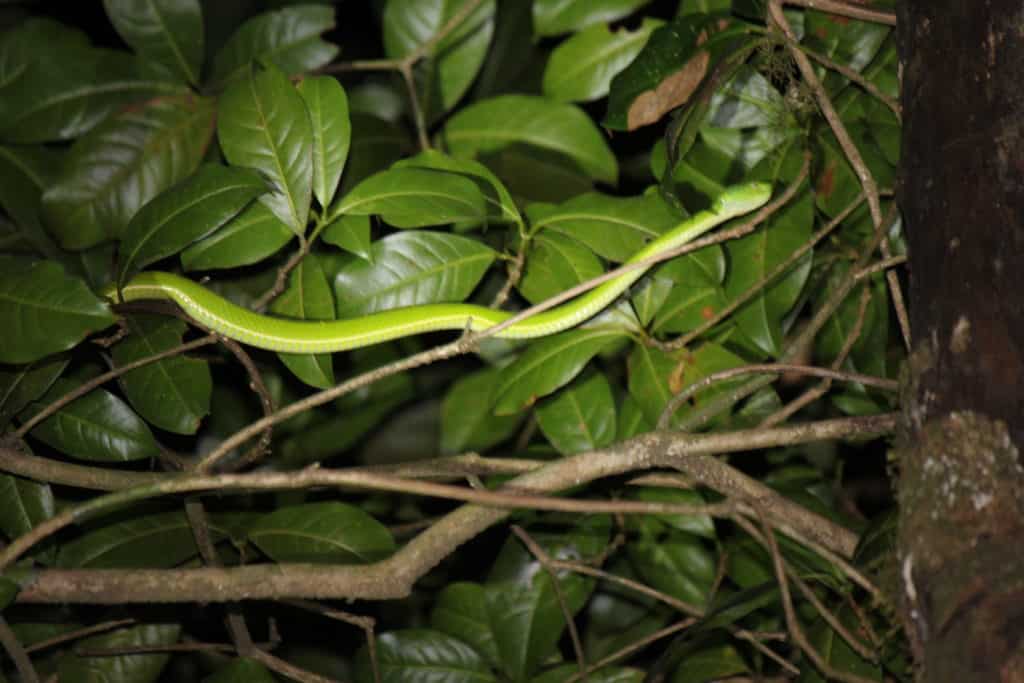
After that, we continued to drive south. Even the traffic is upscale in this country. Motorcycles instead of scooters; SUV’s instead of pick-up trucks and cyclists in racing gear instead of old men on bicycles. Costa Rica is the success story of Central America. They took the unprecedented step of disbanding their army in 1949 and decided to pour this money into education and health care instead. The country then transformed from an agrarian economy dependent on coffee, banana, sugar and pineapple exports. Today, while tourism is vital to the country’s economy, it comes in at number two. Technology is now the number one export of Costa Rica. Many high-tech companies, including Intel, have taken advantage of the highly educated population. The result is a stable, democratic nation of happy, secure people. “Pura Vida” is not just their mantra, it is their lifestyle.
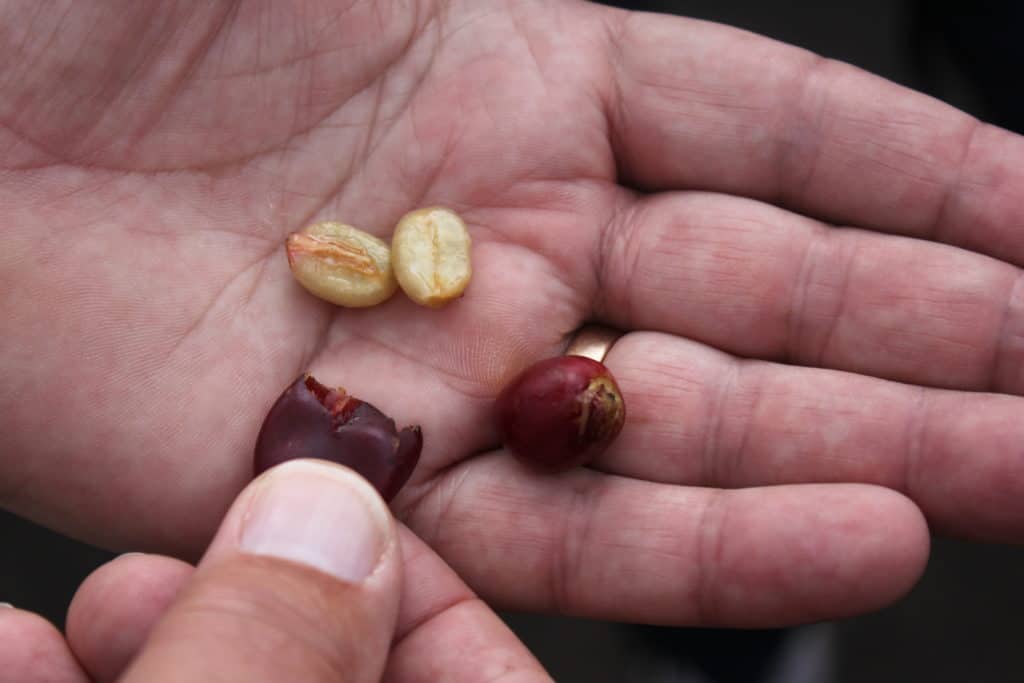
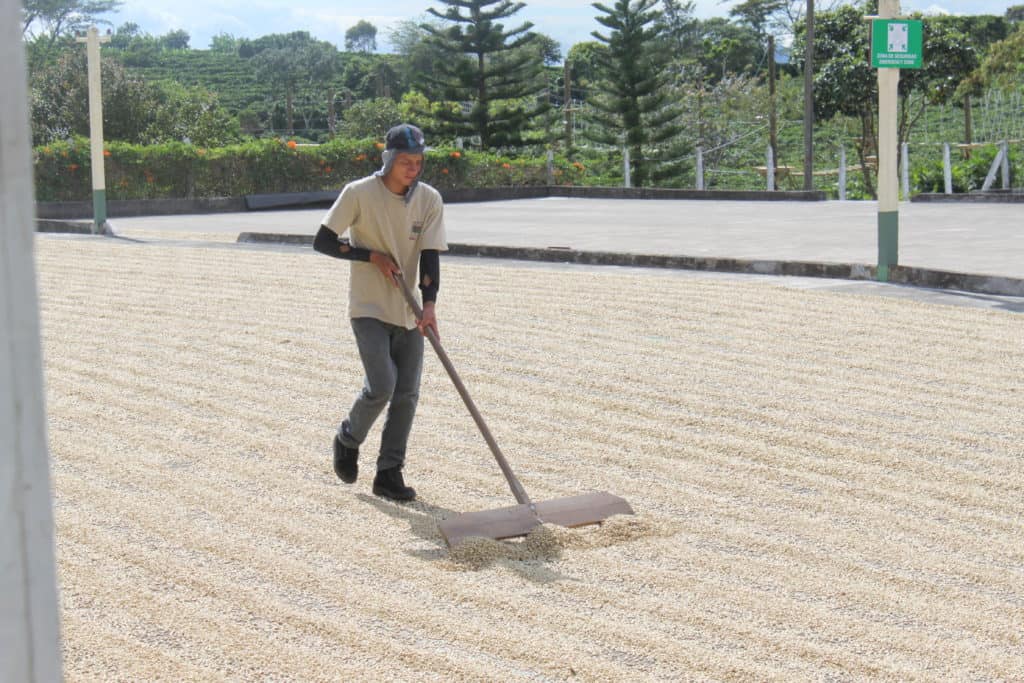
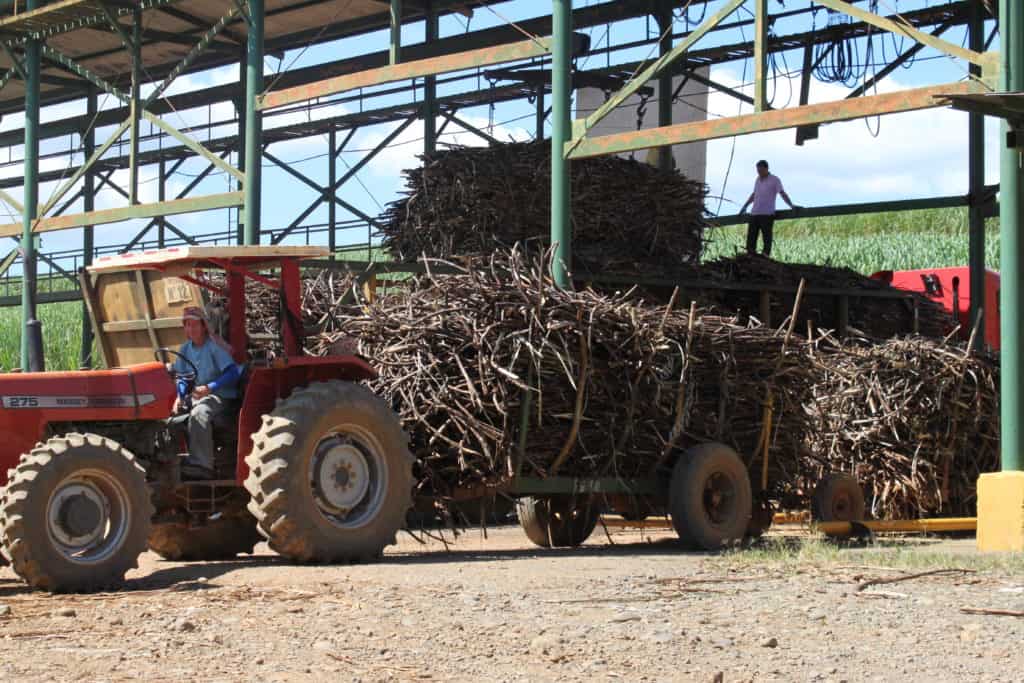

Our arrival in Sarchi and Zarcero brought back lots of memories; the topiary gardens, the elaborately painted ox-cart and their pretty churches.
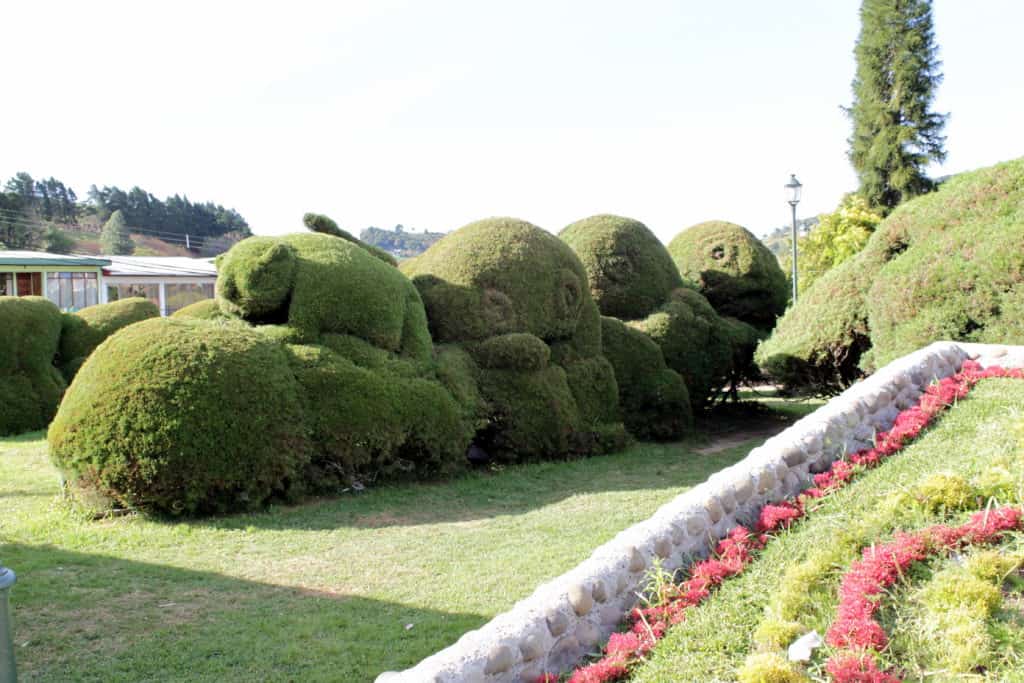
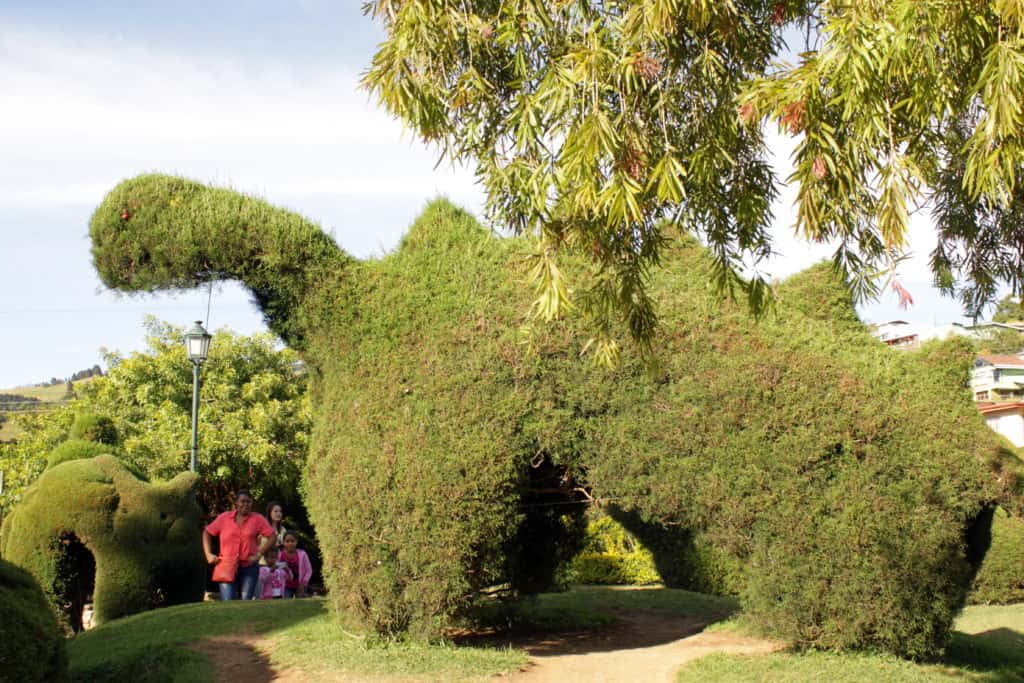
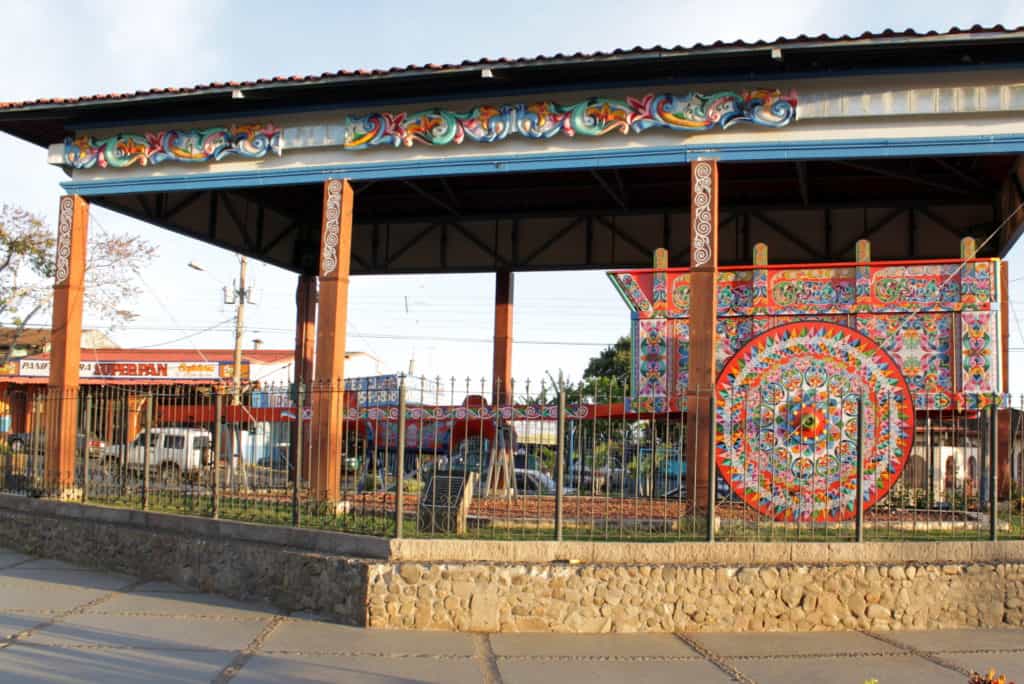
We carried on to Grecia, to camp at Casa Yayaz. This did not turn out well; we got stuck going through their gate. Doug had to climb up to disconnect and later reconnect their sign. A first, and hopefully last time, for that experience. Luckily, the owners were able to guide us to an alternate site. We later moved back to stay in a lot next door to these helpful ladies. Barb and Daniella were very hospitable, even cooking us a delicious fish dinner on our first night. The next day they took us to the cleanest market we had seen in a very long time. Our hosts patiently explained all the unknown fruits and vegetables and even managed to get samples for us to taste. Most of the foods were quite bland, we are learning that Central Americans do not like a lot of spice. We spent Santa Semana hiding out in our little piece of paradise; great view, great company and steady progress on our blog.
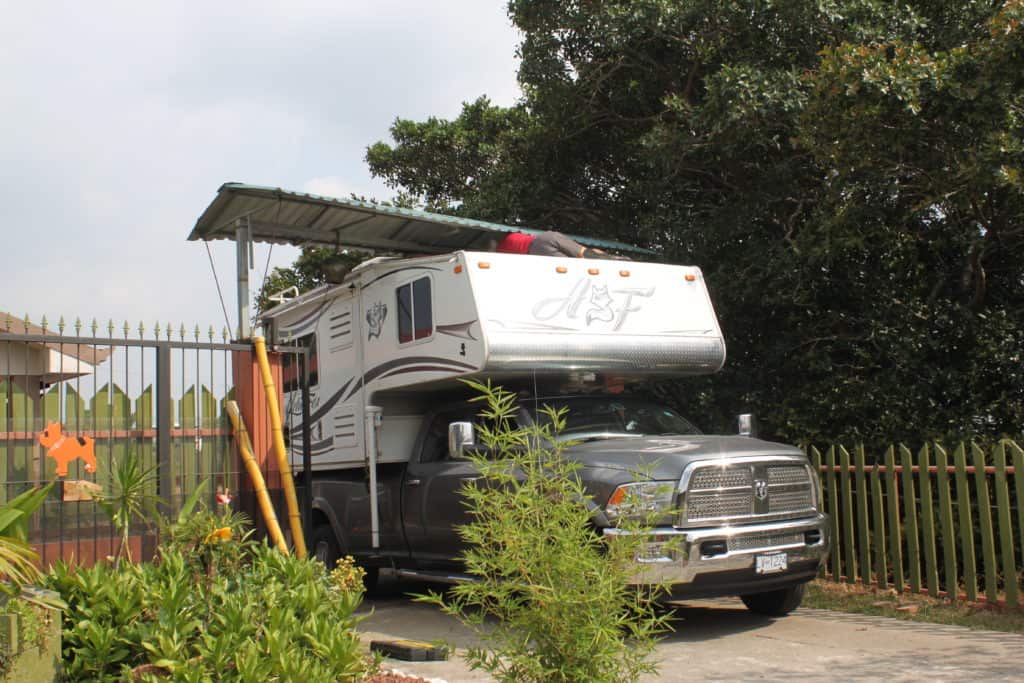
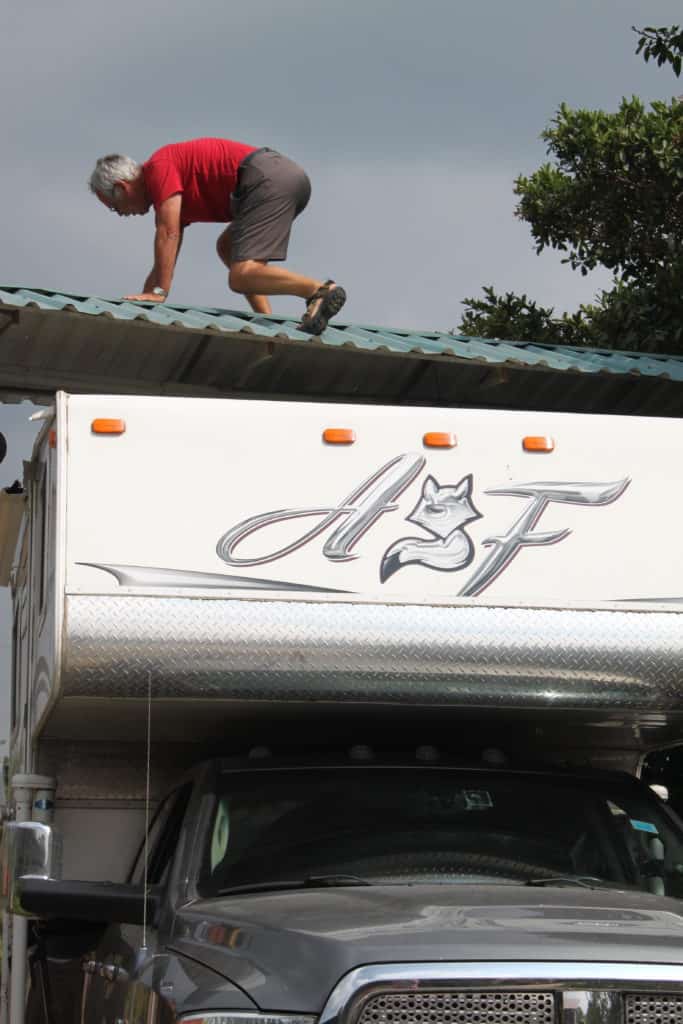
Volcano Irazu is the highest volcano in the country at 11,260 feet (3,432 m). Costa Rica has over 60 dormant volcanoes and six active ones. Arenal, Poas and Irazu are the top three active volcanoes. Despite its steaming vent, it is a bleak landscape to visit. I am glad that we did not have to climb to the summit, the reward would not have been worth the effort.

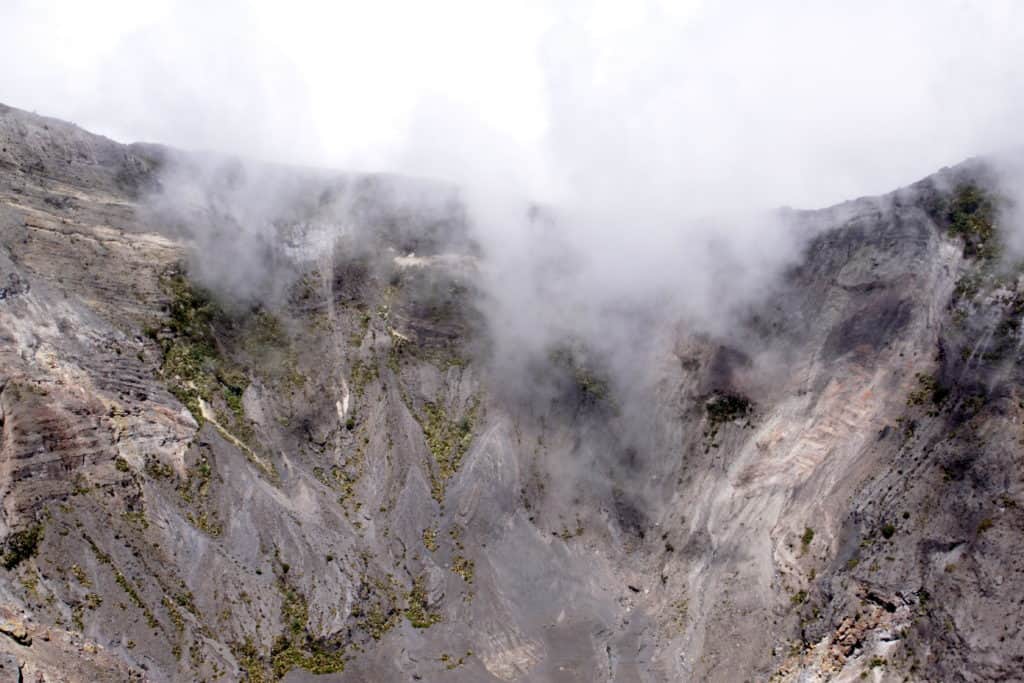
Cartago was the original capital city of Costa Rica but the political party here lost the civil war so San Jose became the new capital. The beautiful cathedral with the Black Madonna Shrine is still a destination for pilgrims, however.
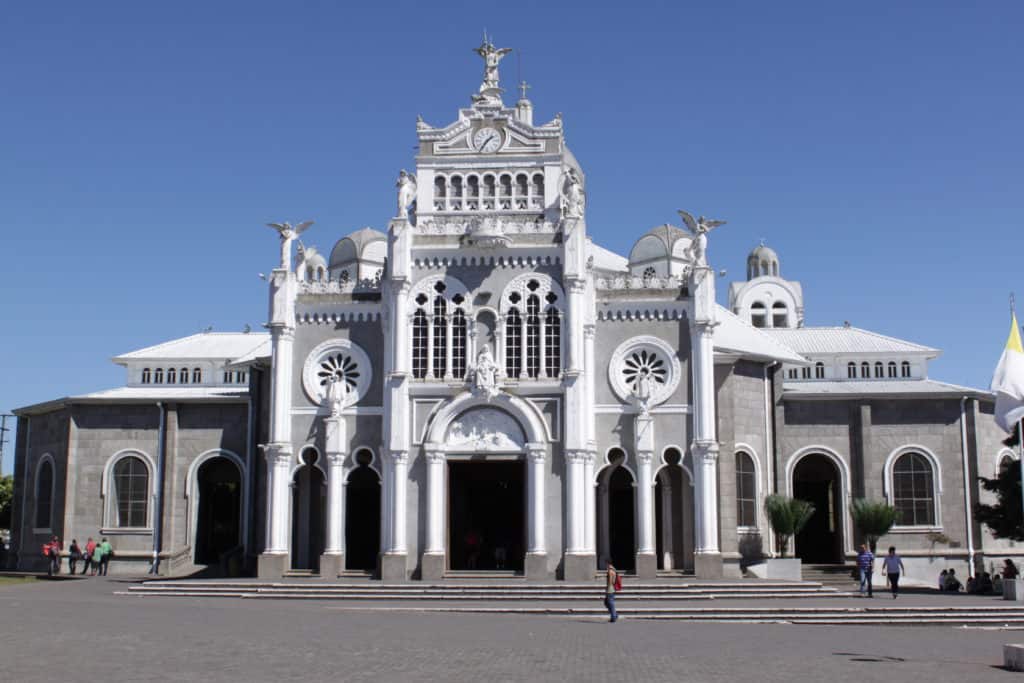

San Jose is a giant city encompassing most of the central valley. As we do not actually enjoy large cities very much, the only exciting part of it was the famous gold museum. This museum is beautifully curated. It not only displays a huge assortment of pre-Columbian artifacts, but it also teaches you about the indigenous peoples of the country. The quality of craftsmanship in the gold jewelry takes your breath away. I think that I could have happily lived in this museum for awhile.


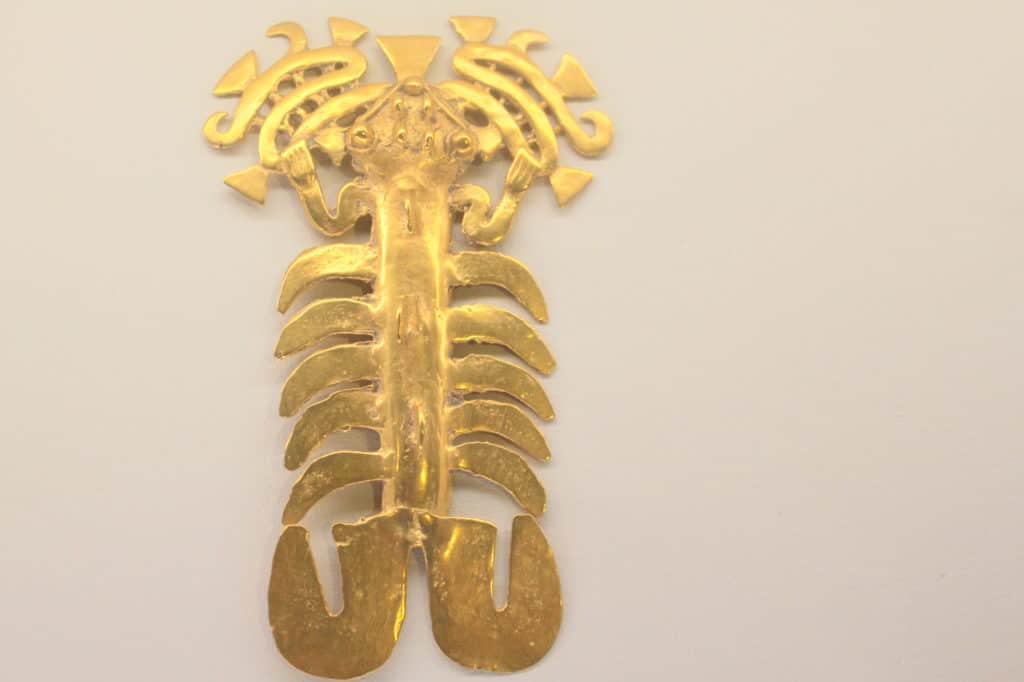
The central Pacific coast of Costa Rica is beautiful with long sandy beaches and jungle coming right to its edge. It would be quite idyllic if it were not extremely hot and humid. By now, you will be aware of our aversion to temperatures over 38 degrees and humidity levels above 80 per cent. The redeeming saga was that we found a Green Ridley turtle hatchling on it’s way to the sea. It was all alone, which is quite baffling. Nevertheless, we got to hold him in our hand and watched in wonder as he bulleted into the surf as soon as he touched the water. We also had a wonderful time watching a troop of Capuchin monkeys travel past our door each morning and evening. Doug spent countless hours attempting to catch them in mid-flight as they leapt from tree to tree. I think we have one picture and even it is slightly blurry. The thrill was in watching, not capturing the image, obviously.
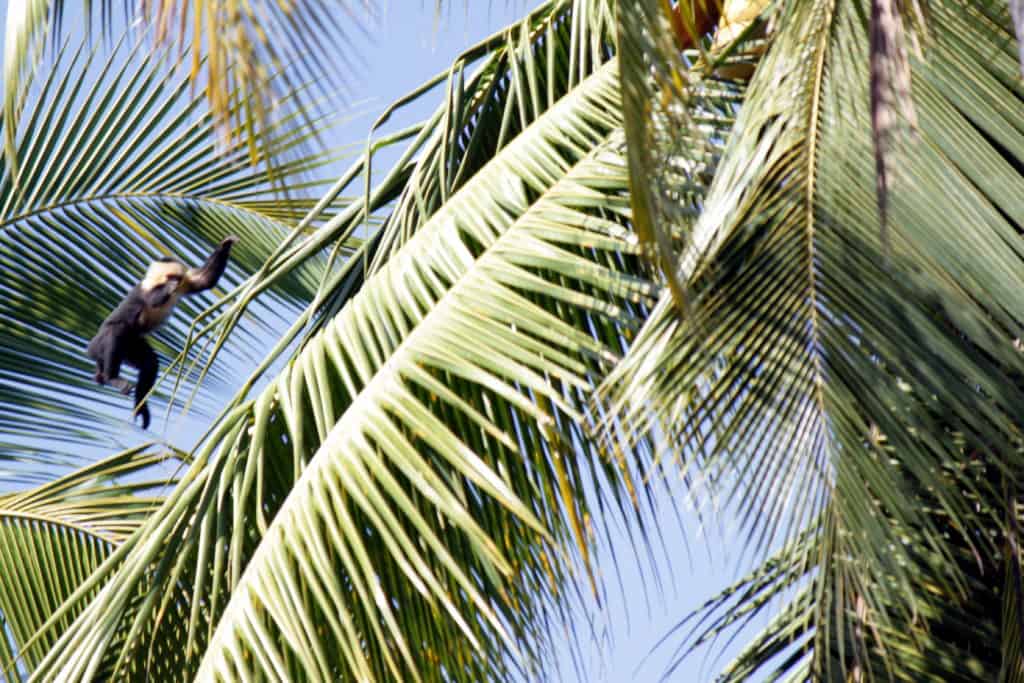

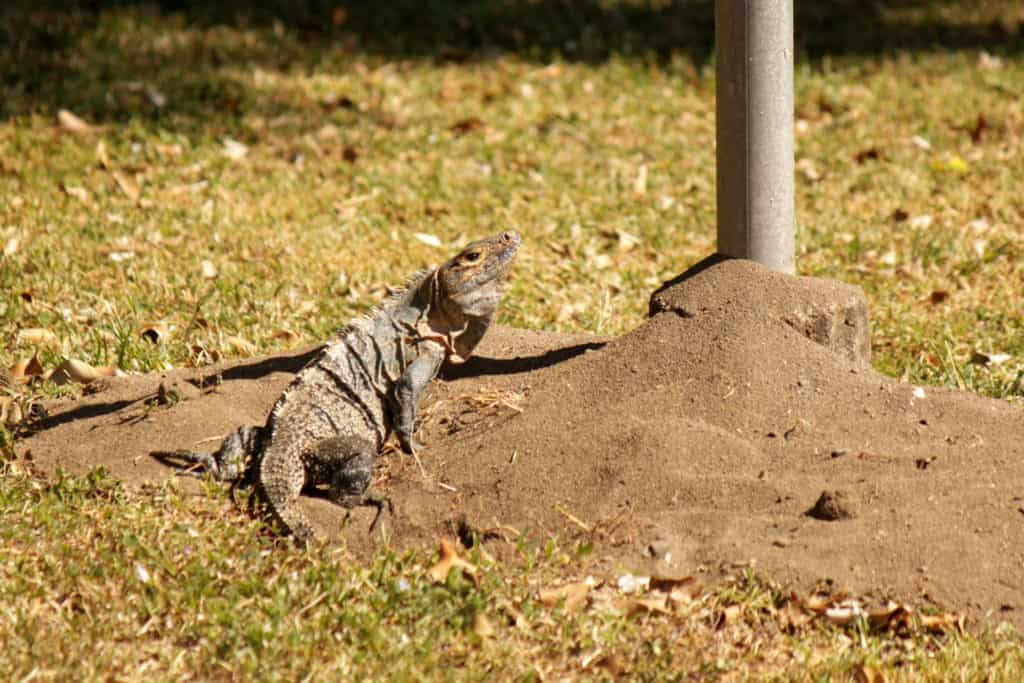
Finally, the Boruca people from the mountains of Talamanca. This was a rugged, spectacular part of the country; the tallest mountains and the least inhabited area. The indigenous people from here continue to celebrate their resistance to Spanish colonization. In truth, the Spanish probably felt that it just wasn’t worth the effort to conquer this mountain tribe. Still, each year the Dance of the Devils takes place Dec. 30-Jan. 2. People wearing Bull costumes (the Spanish) are chased by the people wearing Devil masks (the Boruca). The Boruca are one of the only indigenous groups in Costa Rica to have maintained their culture. This is testimony to their fierce independence and the fact that they developed their own cottage industry of making and marketing their own crafts. A big part of this is, of course, the scary devil masks. We bought a mask from an elderly native; she weaves, and her husband carves. Thanks to an initiative started by the local women, over 80% of the Boruca are employed in these crafts and they are sold all over Central America. Curiously, another native group created stone spheres of various sizes throughout the central valley. Sadly, the Diquis culture did not pass along the reason for the spheres or how they were constructed so perfectly. The stones range in sizes from baseballs to ones over two meters in diameter. They were likely created between 200-1500 B.C..

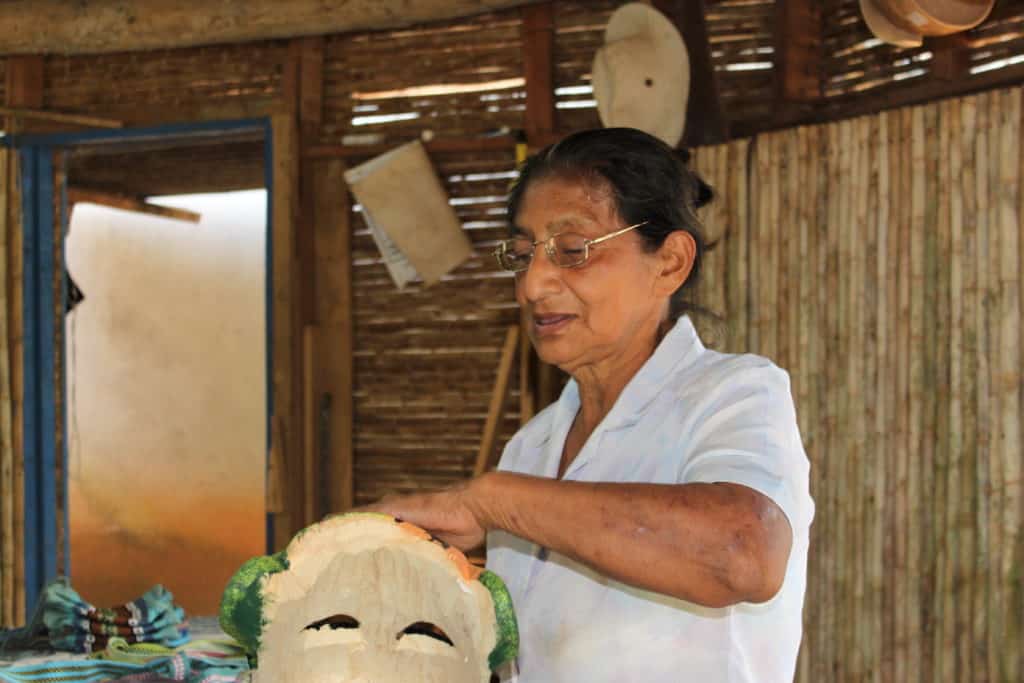
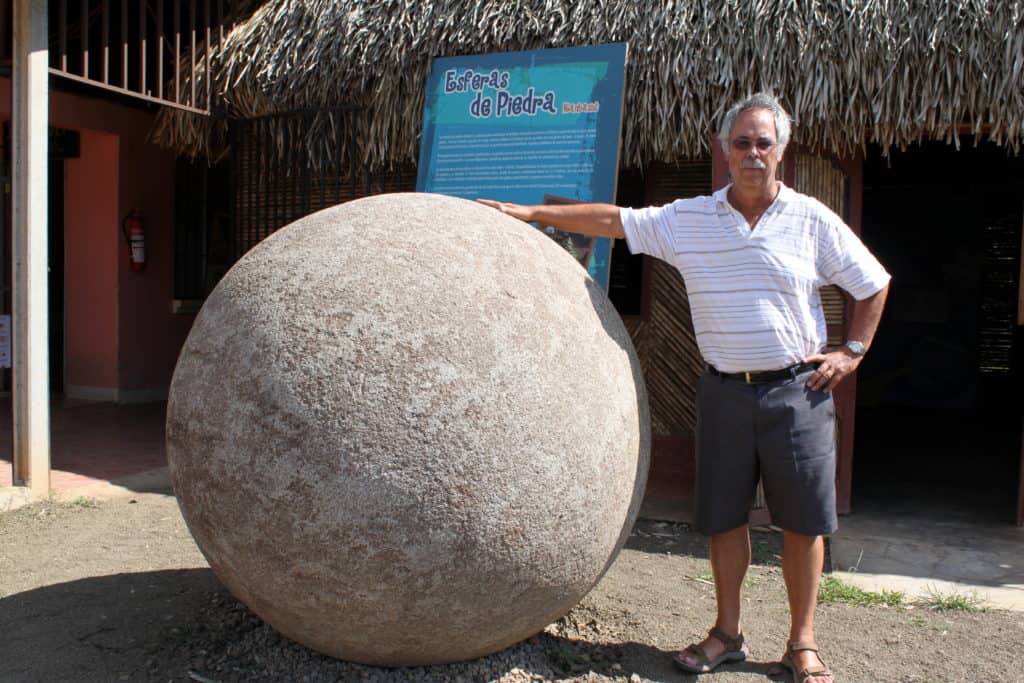
Our Route
